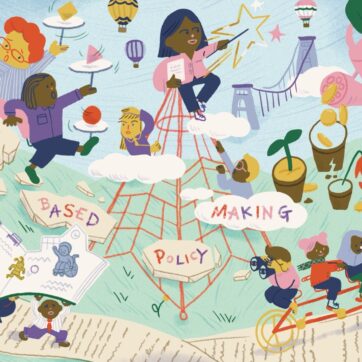As many of the recent posts at UPEN have articulated, COVID-19 presents universities with a number of challenges regarding their civic responsibilities and contributions.
Like many institutions, Durham has responded quickly on many fronts such as repurposing equipment and PPE from labs to local hospitals, adapting engineering facilities to manufacture protective visors and offering college accommodation to key workers. Research is also playing a critical role in supporting the local effort to plan for and mitigate the social and public health effects of the outbreak.
Durham University’s COVID-19 Community Health and Social Care Modelling Team is an interdisciplinary group of researchers working to develop models grounded in the idea that local context and trusted relationships between researchers and local decision makers are key.
The team is contributing to the Durham and Darlington Local Resilience Forum data cell and to the PHE North East and Yorkshire COVID-19 Modelling and intelligence group, responding directly to the needs identified by local NHS Trusts and authorities. The approach is based on addressing the major limitations of national level modelling that has informed the blanket approach to lockdown in the UK thus far. If the UK Government is serious about using ‘local lockdowns’ to manage future flare ups, it will rely on models that blend both social and public health factors in the local context to predict the effects of different interventions on potential spread. But it will also need effective, trusted relationships between public health authorities, local government and researchers to ensure that information flows quickly in both directions to respond in real time to the local situation.
Our work takes into account that there is no single COVID-19 ‘curve’ – the overall national picture can look significantly different to that in specific areas. For example, London had a sharp rise, while the south-west region had a slow and rather flat increase. In turn, compared to Sheffield, the slowest trends in the north-east have never really “peaked” in the same way. In fact, many have remained relatively flat.
National models can fail to demonstrate how different contexts account for different COVID-19 curves. These contexts could be any combination of geographical location, access to healthcare, strength and diversity of the local economy, population size and density, existing inequalities and health vulnerabilities. All of these factors, and more, are what account for how COVID-19 spreads and affects a population.
Our work builds on the team’s existing collaboration with the local NHS Trusts and Councils, and the Academic Science Health Network (AHSN). Trust built through existing collaborations has meant that there is confidence in the modelling techniques being used. Communication is open and direct and there is a mutual understanding of the identified needs that our local partners have. Access to critical data has been facilitated through building on existing research projects and data sharing agreements.
Having such a good working relationship in place was important when COVID-19 hit because we were able to respond quickly, reducing the legal and technical wrangling that so typically limits the pace at which research projects of this kind get underway. We recommend others consider using the current epidemic to strengthen these types of local relationships, as the likelihood of these situations happening again is significant.
Another limitation of national modelling is the failure to offset its long-term predictions (which can often be a few months or more) with more regionally focused, short-term estimates, such as seven-day forecasts that are updated regularly.
There is no point in providing only long-term forecasts that leave the local authorities and health providers guessing what to do next when updates do not arrive. Forecasts need to be updated more regularly and broadcasted as soon as new data becomes available, which is often not done quickly enough. Through adapting established data sharing agreements and utilising existing communication channels, the team is able to respond in real time to the changing information needs of local health and public service providers.
We’re very keen to connect with other research teams developing local and regional models to share experiences and understand how best to link local efforts to national policy in future.
Elements of this article were originally published in longer form on The Conversation


